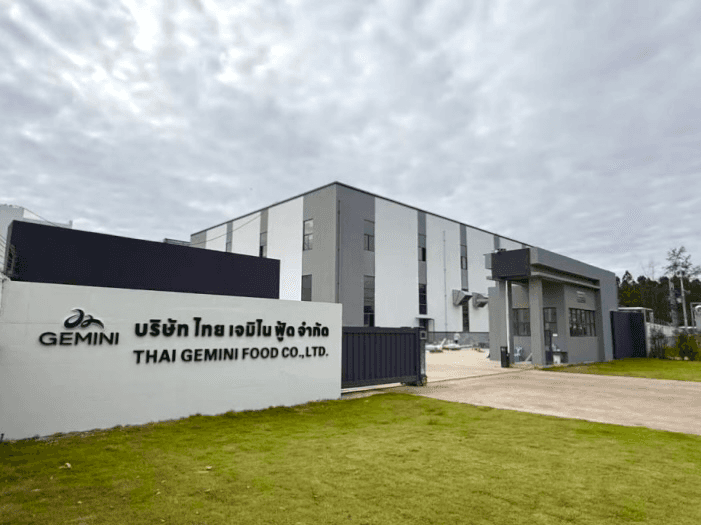Newsroom






304 Industrial Park
Creating a future-ready ecosystem for businesses, with green energy, complete facilities, and global connectivity.
Contact Us






Creating a future-ready ecosystem for businesses, with green energy, complete facilities, and global connectivity.
Contact Us
Category

Mr. Kittiphan Chitpentham, Chief Executive Officer of 304 Industrial Park, together with the management team, participated in the signing ceremony of ...

304 Industrial Park participated in the groundbreaking ceremony for the construction of the Worldwide Auto-accessory (Thailand) Co., Ltd. factory, mar...

Mr. Kittiphan Chitpentham, Chief Executive Officer of 304 Industrial Park, together with the management team, participated in the signing ceremony of ...

Mr. Kittiphan Chitpentham, Chief Executive Officer of 304 Industrial Park, together with the management team and staff, attended the opening ceremony ...

The Eastern Economic Corridor Office of Thailand (EECO), in collaboration with the Thailand Convention and Exhibition Bureau (TCEB), will host the “EE...

Mr. Kittiphan Chitpentham, Chief Executive Officer of 304 Industrial Park, together with his team, extended congratulations to Mr. Lee Wing Sing Vince...

304 Industrial Park took part in the activity “Release of 500,000 Aquatic Animals in Honor of Her Majesty Queen Suthida Bajrasudhabimalalakshana on th...

Thai Gemini Food has officially expanded its manufacturing operations to Thailand, marking a significant milestone that reflects the strength and prov...

AIS Business, a digital solutions provider for enterprises, is moving forward by joining forces with 304 Industrial Park and NPS (National Power Suppl...